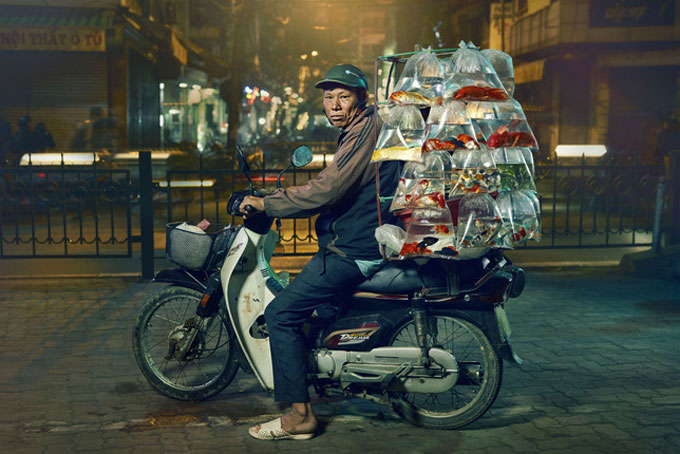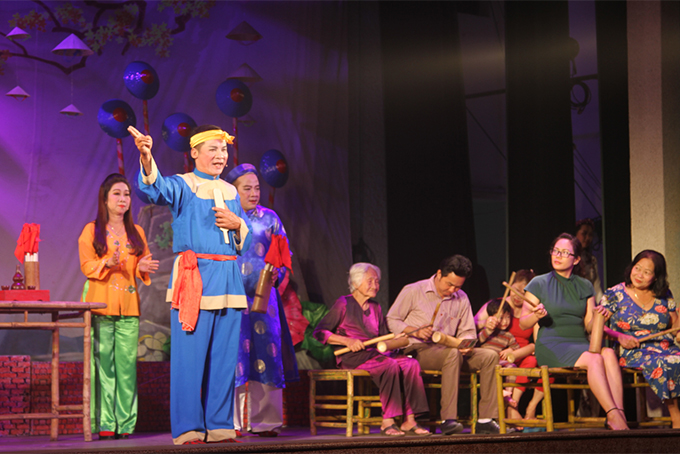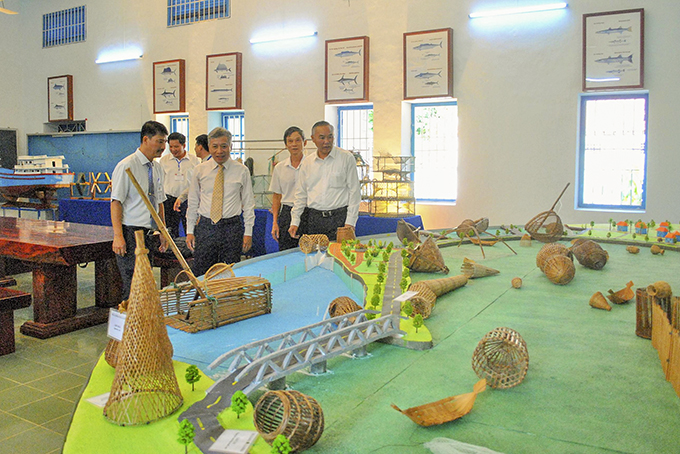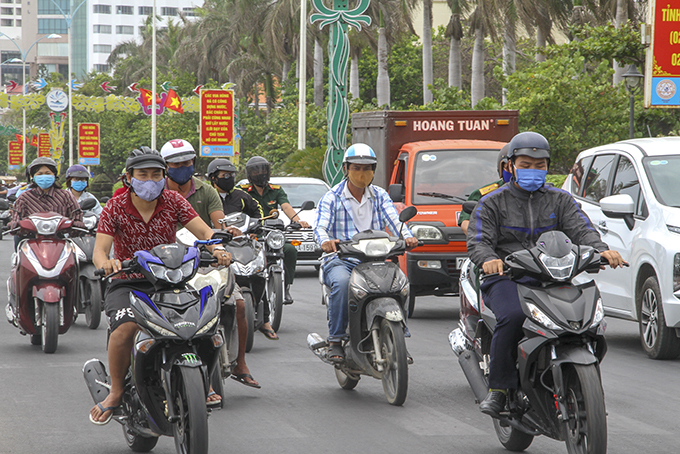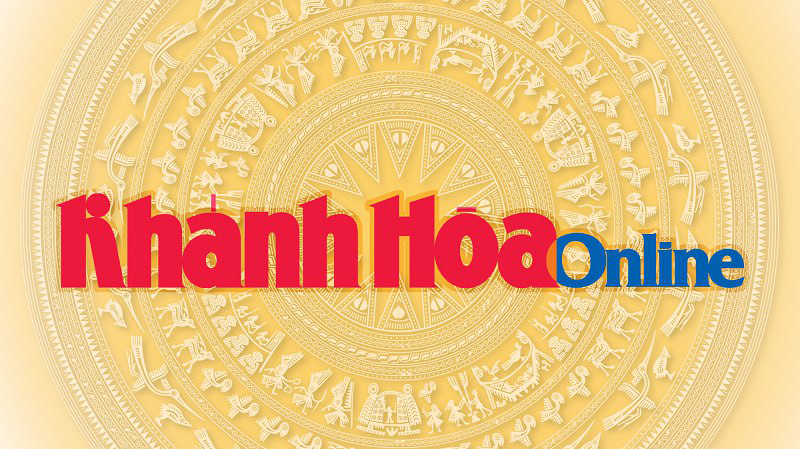
Lithophone is an ancient musical instrument bearing the historical and cultural values of Raglai people (an ethnic minority in Vienam). Khanh Son District's People Committee (Khanh Hoa Province) has made a plan in order to preserve and bring into play the values of this unique instrument.
Lithophone is an ancient musical instrument bearing the historical and cultural values of Raglai people (an ethnic minority in Vienam). Khanh Son District’s People Committee (Khanh Hoa Province) has made a plan in order to preserve and bring into play the values of this unique instrument.
Pride of Raglai people
For many generations, the Raglai in Khanh Son District and other localities across Khanh Hoa Province have been proud of their rudimentary and unique musical instrument made of slabs of stone. Raglai people often place some pieces of sound-making stones along streams near terraces in order to repel birds and wild animals as well as to enrich their spiritual life. Lithophone is also played in the local festivals and ceremonies. Raglai people can perform solo lithophone or play it with other musical instruments such as “ta cung” flute, “đing tút” flute, “Tale piloi” flute, “bầu” clarinet, and “xarakhel” clarinet.

|
In 1977, in Doc Gao (To Hap, Khanh Son District), a man called Bo Bo Ren discovered 12 pieces of stones in different sizes and shapes which could produce musical notes when being hit. Afterwards, archaeologists unearthed and discovered more tools used to make lithophone, stone axes, stone hammers, etc. Based on the discovered artifacts, the archaeologists concluded that the set of lithophone dated from 2,000 to 5,000 years ago. In 1979, information about Khanh Son lithophone was officially made public, both at home and abroad. Since then, lithophone has become a pride of Raglai people.
But over time, there are fewer and fewer people who know how to play lithophone or can choose proper stones to make lithophone. The farming practices of Raglai people have changed a lot; stone slabs placed along streams are rare to see these days. There remains only two sets of lithophone which are used to perform music. One set is being kept at Khanh Son District’s traditional hall; one is preserved by Son Hiep Commune, according to Truong Van Vy, director of Khanh Son District Center of Culture, Information and Sports.
Determining to preserve
Khanh Son District determines to make lithophone more popular in the lives of Raglai people. This will also help to boost the preservation and promotion of historical and cultural values of the locality and increase people’s pride and awareness about preserving and promoting the values of traditional music of the nation. The preservation will be performed in accordance with the locality’s conditions and practical requirements.
In 2020, Khanh Son District plans to restore three systems of stone slab placed at the streams to protect crops of Raglai people. Each system consists of 9 to 15 slabs of stone which are long, big, and can produce sounds. These systems of stone slabs will be put at natural water flow in three locations: Doc Gao Hamlet (To Hap Town), Ba Cum Nam Commune, Thanh Son Commune. Besides, the district will create ten sets of lithophone to use for music performances. Each set includes 14 slabs of stone, which can be performed solo or with other musical instruments.
In addition, the district will hold training courses on preservation methods and performing skills for 16 Raglai musicians; promote the values of lithophone in close connection with tourism development. Reportedly, the district invited musicians and artists who are knowledgeable about lithophone to help with the preservation plan. As original schedule, the plan was supposed to be implemented in the first quarter of 2020. However, it has been suspended due to the outbreak of COVID-19. The district will strive to finish it by the end of this year.
Restoring the values of Khanh Son lithophone is a meaningful work for the cultural life of Raglai people. Hopefully, in near future, the sounds of lithophone will resound again throughout the mountainous areas of Khanh Son District and will help to enhance the relationship between Raglai people and other ethnic communities.
Giang Đinh
Translated by H.N

